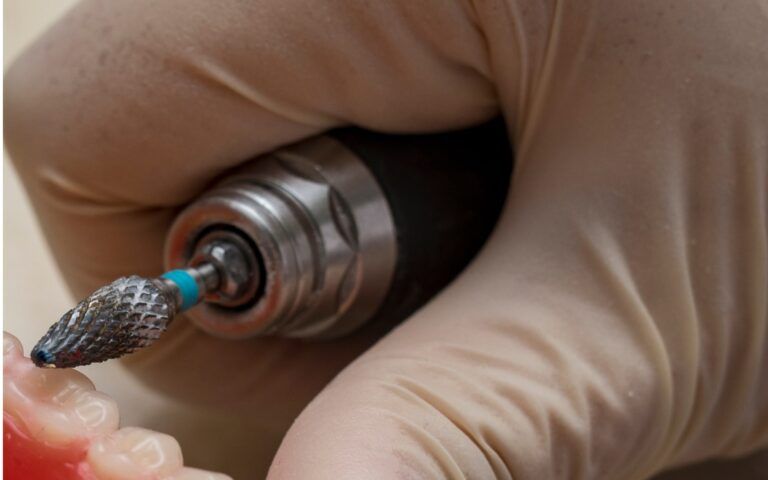No one could have guessed at the onset of 2020 that trying times were just around the corner. As the year advanced, we saw an increasing wave of trouble and bad ideas as people were stuck inside. Among these bad ideas was DIY dental shaving, a phrase that still makes our teeth hurt just thinking about it. The idea had been talked about for some time on various forms of social media. In 2020 it hit Tik Tok and started trending. DIY dental shaving involves the use of nail files and sandpaper to reshape their teeth at home. The consequences of this can be painful, long-lasting, and expensive to correct.
Understanding The Risks of Dental Shaving
While the term ‘dental shaving’ sounds like a horrible form of torture, it does have legitimate uses in the dental industry. However, knowing when to use it and how to apply it appropriately requires years of training and specialized equipment. The layer of enamel on our teeth is exceedingly thin; for all that, it’s quite durable. When performed by the untrained and inexperienced, the results can be regrettable. In addition to potentially damaging your teeth and causing excruciating pain, it can be expensive to undo.
- The exterior of your teeth is made of the hardest substance in the human body, enamel. While it’s incredibly durable, it also doesn’t grow back once it’s eroded.
- This enamel plays an important role in protecting the porous dentin and sensitive inner pulp. When the enamel is thin or completely removed, the teeth become more sensitive to acid and temperature.
- Certain dental restoration techniques use dental shaving to create a beautiful new smile. However, dental shaving is typically the first part of the process. The teeth are protected with veneers or crowns afterward.
- The training your dentist undergoes ensures that they’re able to precisely determine the amount of enamel that’s safe to remove without consequence. Those without this training are working on guesswork alone.
- The results that DIY shaving produces are generally temporary. Without the proper support and ongoing treatment, they’ll often come undone. Tooth decay is accelerated with improperly done dental shaving.
- When done by someone without proper training, expensive and painful restoration methods may be necessary to undo the damage caused.
In some cases, your dentist may suggest clinical dental shaving as a treatment for concerns like TMJ Disorder. The most common procedure involves the reshaping of the cusps of the rear teeth. This helps to correct the bite and remove pressure from the joint. This is known as occlusal equilibration and is uncommon. Dental shaving can also be used to address problems of dental crowding.
Contact Your Dental Specialist To Learn More
Those interested in getting more information about how DIY dental shaving can hurt your teeth, speak with your dentist. They can provide more in-depth information about this topic and help you find better ways to address your concerns. Together you can identify treatable issues and establish a treatment plan to reach your oral health goals.




